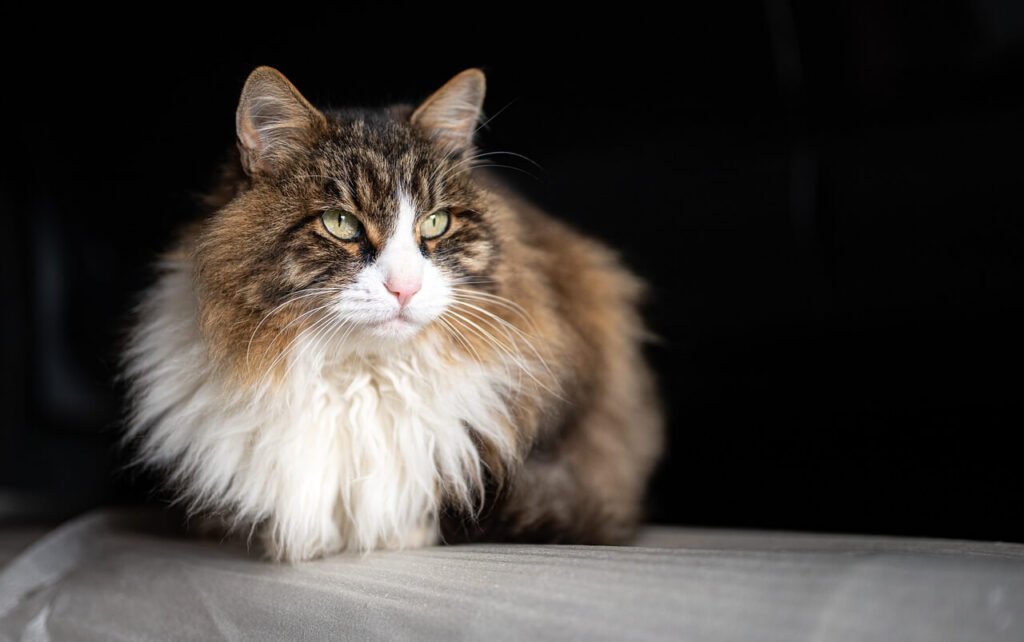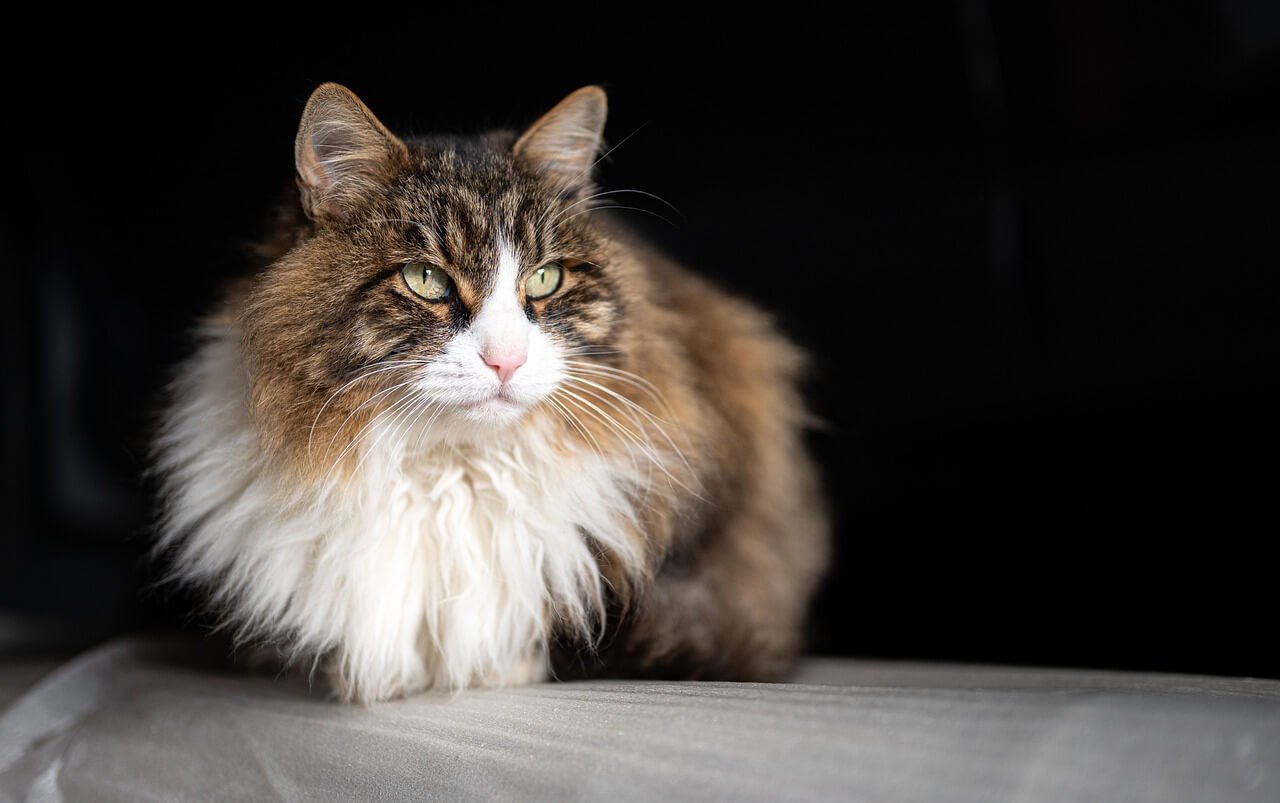Understanding Cat Reverse Sneezing: What Every Pet Owner Should Know
Cats are fascinating creatures, and while they often communicate through purrs, meows, or playful antics, some behaviors can leave pet owners puzzled. One such phenomenon is cat reverse sneezing—a strange but generally harmless occurrence that might look alarming at first glance. In this blog post, we’ll explore what reverse sneezing in cats is, why it happens, how to identify it, and what you can do to help your feline friend. Whether you’re a seasoned cat owner or a newbie, understanding this behavior will help you feel more confident in caring for your furry companion.
What Is Reverse Sneezing in Cats? Key Facts You Need to Know
Reverse sneezing, also known as “paroxysmal respiration,” is a condition where a cat inhales air rapidly and forcefully through its nose. While it may sound concerning, it’s typically not a sign of a serious health issue. Here are some key points about this phenomenon:
- It mimics choking or gagging: The sound of reverse sneezing can resemble choking, which might alarm pet owners.
- It’s temporary: Episodes usually last only a few seconds to a minute.
- Causes include irritants: Dust, allergens, or strong odors can trigger reverse sneezing.
- Common in certain breeds: Flat-faced cats like Persians may experience it more frequently due to their unique nasal anatomy.
- Not contagious: Reverse sneezing is not something that spreads between animals.
While reverse sneezing may seem unusual, it’s important to remember that it’s generally harmless. If your cat experiences frequent episodes, however, it’s worth consulting a veterinarian to rule out underlying issues.
hy Does My Cat Reverse Sneeze? Common Triggers Explained
Understanding the triggers behind reverse sneezing can help you minimize its occurrence and keep your cat comfortable. Below are some common causes and contributing factors:
- Environmental irritants: Dust, pollen, smoke, or cleaning products can irritate your cat’s nasal passages.
- Excitement or stress: Sudden bursts of energy or anxiety can sometimes lead to reverse sneezing.
- Foreign objects: Small particles lodged in the nasal cavity may cause irritation.
- Respiratory infections: Mild infections can temporarily affect breathing patterns.
- Allergies: Just like humans, cats can suffer from allergies that manifest in respiratory symptoms.
By identifying and addressing these triggers, you can reduce the likelihood of reverse sneezing episodes. Remember, prevention is always better than cure when it comes to your cat’s well-being.
Check this guide 👉 Why Is My Cat Laying in the Litter Box? Best 7 Expert Tips!
Check this guide 👉 Why is My Cat Foaming at the Mouth? Best 7 Expert Tips!
Check this guide 👉 Why Does My Cat Twitch in Their Sleep? Best 7 Expert Tips!

Symptoms of Reverse Sneezing | Other Conditions to Consider |
|---|---|
Rapid inhalation through the nose | Asthma (wheezing, labored breathing) |
Short duration (seconds to minutes) | Upper respiratory infections |
No gagging or retching afterward | Hairballs (retching, vomiting) |
Occurs sporadically | Nasal tumors (chronic nasal discharge) |
No fever or lethargy | Allergic reactions (swelling, itching) |
How to Help Your Cat During a Reverse Sneezing Episode
If your cat experiences reverse sneezing, staying calm and knowing how to respond can make a big difference. Here are some steps to take during an episode:
- Stay calm: Your cat can sense your emotions, so maintaining a relaxed demeanor helps them feel safe.
- Gently stroke their throat: This can sometimes soothe the muscles involved in reverse sneezing.
- Encourage slow breathing: Gently blowing on your cat’s face may encourage them to breathe normally.
- Remove potential irritants: Identify and eliminate any nearby allergens or irritants.
- Observe the frequency: Keep track of how often episodes occur to share with your vet if needed.
Most importantly, remember that reverse sneezing is rarely dangerous. However, if episodes become frequent or severe, seek professional advice to ensure your cat’s long-term health.
Preventive Measures to Reduce Reverse Sneezing in Cats
Taking proactive steps can significantly reduce the likelihood of reverse sneezing episodes. Here’s what you can do:
- Keep your home clean: Regularly vacuum and dust to minimize allergens.
- Use air purifiers: These devices can filter out irritants and improve indoor air quality.
- Avoid strong odors: Refrain from using heavily scented candles or harsh cleaning products around your cat.
- Provide a stress-free environment: Create a calm space where your cat feels secure.
- Schedule regular vet check-ups: Routine exams can catch potential issues early.
By implementing these measures, you can create a safer and more comfortable living environment for your cat. Prevention plays a vital role in ensuring their overall well-being.
Signs That Your Cat Is Experiencing Reverse Sneezing
While reverse sneezing can be alarming if you’re unfamiliar with it, recognizing the signs can help you stay calm and respond appropriately. Here are some key indicators to look for:
- Rapid inhalation through the nose: This is the hallmark of reverse sneezing and often sounds like snorting or gasping.
- Extended neck and head position: Cats may stretch their necks outward during an episode.
- Nostril flaring: You might notice your cat’s nostrils widening as they inhale forcefully.
- Short duration: Episodes typically last less than a minute and resolve on their own.
- Normal behavior afterward: Once the episode ends, your cat will likely act as if nothing happened.
If you observe these signs, rest assured that reverse sneezing is usually harmless. However, always monitor your cat for any unusual changes in behavior or recurring episodes.
When to Seek Veterinary Advice for Reverse Sneezing
Although reverse sneezing is generally benign, there are certain situations where professional guidance is necessary. Being aware of warning signs can help you decide when to consult your vet. Consider these scenarios:
- Frequent episodes: If your cat experiences reverse sneezing multiple times a day or week, it could indicate an underlying issue.
- Accompanying symptoms: Look out for coughing, wheezing, nasal discharge, or lethargy alongside reverse sneezing.
- Behavioral changes: If your cat seems unusually stressed, anxious, or unwell after episodes, it’s worth investigating further.
- Foreign objects: Suspect something stuck in the nasal passage if sneezing persists or worsens.
- Pre-existing conditions: Cats with respiratory issues or chronic illnesses may require closer monitoring.
In most cases, reverse sneezing resolves without intervention, but staying vigilant ensures your cat receives timely care when needed.
Tips for Maintaining Your Cat’s Nasal Health
Promoting good nasal health can reduce the likelihood of reverse sneezing and other respiratory issues. Simple lifestyle adjustments can make a big difference for your feline friend. Try incorporating these tips:
- Regular grooming: Keep your cat’s fur clean and free of debris to minimize allergen exposure.
- Hydration support: Ensure fresh water is always available to keep nasal passages hydrated.
- Balanced diet: A nutritious diet supports overall immune function, including respiratory health.
- Humidity control: Use a humidifier during dry seasons to prevent nasal dryness.
- Safe playtime: Avoid activities that involve small objects that could accidentally enter your cat’s nose.
By prioritizing your cat’s nasal health, you can help them breathe easier and enjoy a higher quality of life. Small changes today can lead to significant benefits tomorrow.
Frequently Asked Questions About Cat Reverse Sneezing
Is reverse sneezing painful for my cat?
No, reverse sneezing is not painful. It may look alarming, but it’s generally harmless.
How often is too often for reverse sneezing?
If your cat experiences reverse sneezing more than once a week, consult your veterinarian.
Can kittens experience reverse sneezing?
Yes, kittens can experience reverse sneezing just like adult cats.
Should I be concerned if my cat gags after reverse sneezing?
If gagging occurs frequently or is accompanied by other symptoms, contact your vet.
Can reverse sneezing be cured?
Since it’s typically a reaction to triggers, addressing the underlying cause can reduce its occurrence.
Conclusion: Empowering Yourself as a Responsible Cat Owner
As a loving cat owner, understanding behaviors like reverse sneezing empowers you to provide the best care possible for your pet. While it may seem unusual, reverse sneezing is rarely a cause for concern. By staying informed, recognizing triggers, and taking preventive measures, you can ensure your cat remains happy and healthy. Remember, your veterinarian is always there to support you if you have questions or concerns. With knowledge and compassion, you can continue to nurture the special bond you share with your feline companion.
Understanding Cryptosporidium in Cats: Best 7 Expert Tips! – Spot symptoms, treat safely, and stop parasite spread in your home.
Understanding Cryptosporidium in Dogs: Best 7 Expert Tips! – Learn symptoms, treatment & prevention for this stubborn gut parasite.
Understanding Syringomyelia in Cats: Best 7 Expert Tips! – Recognize signs, manage pain, and support your cat’s neurological health with vet-backed guidance.
Understanding Syringomyelia in Dogs: Best 7 Expert Tips! – Expert insights on symptoms, MRI diagnosis, pain management & quality of life.





